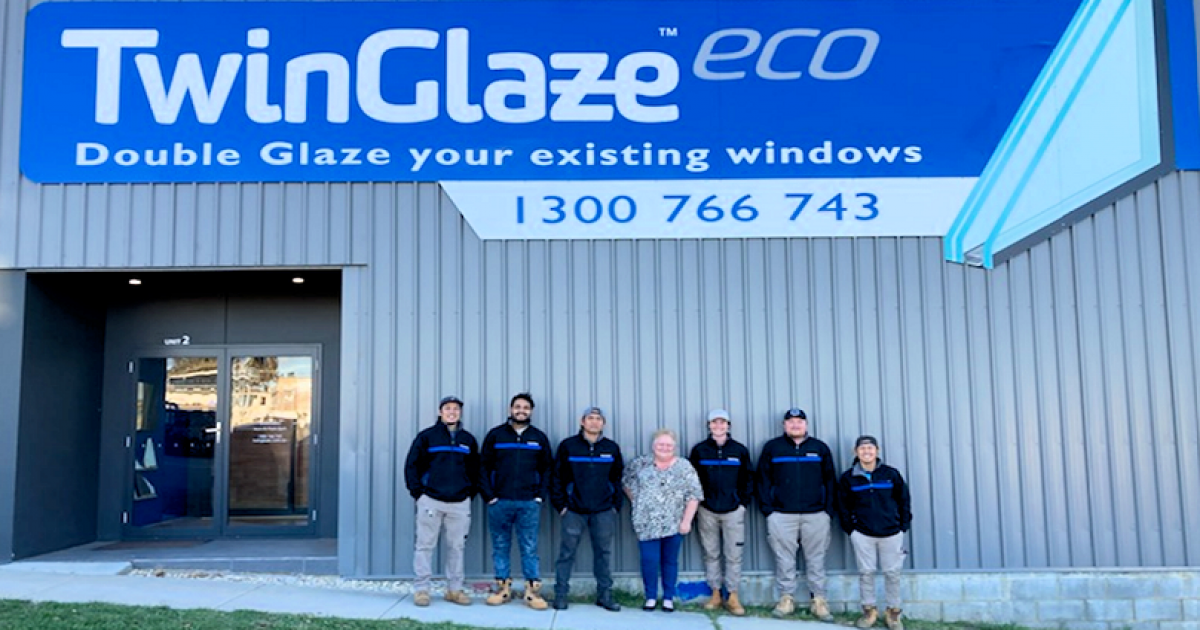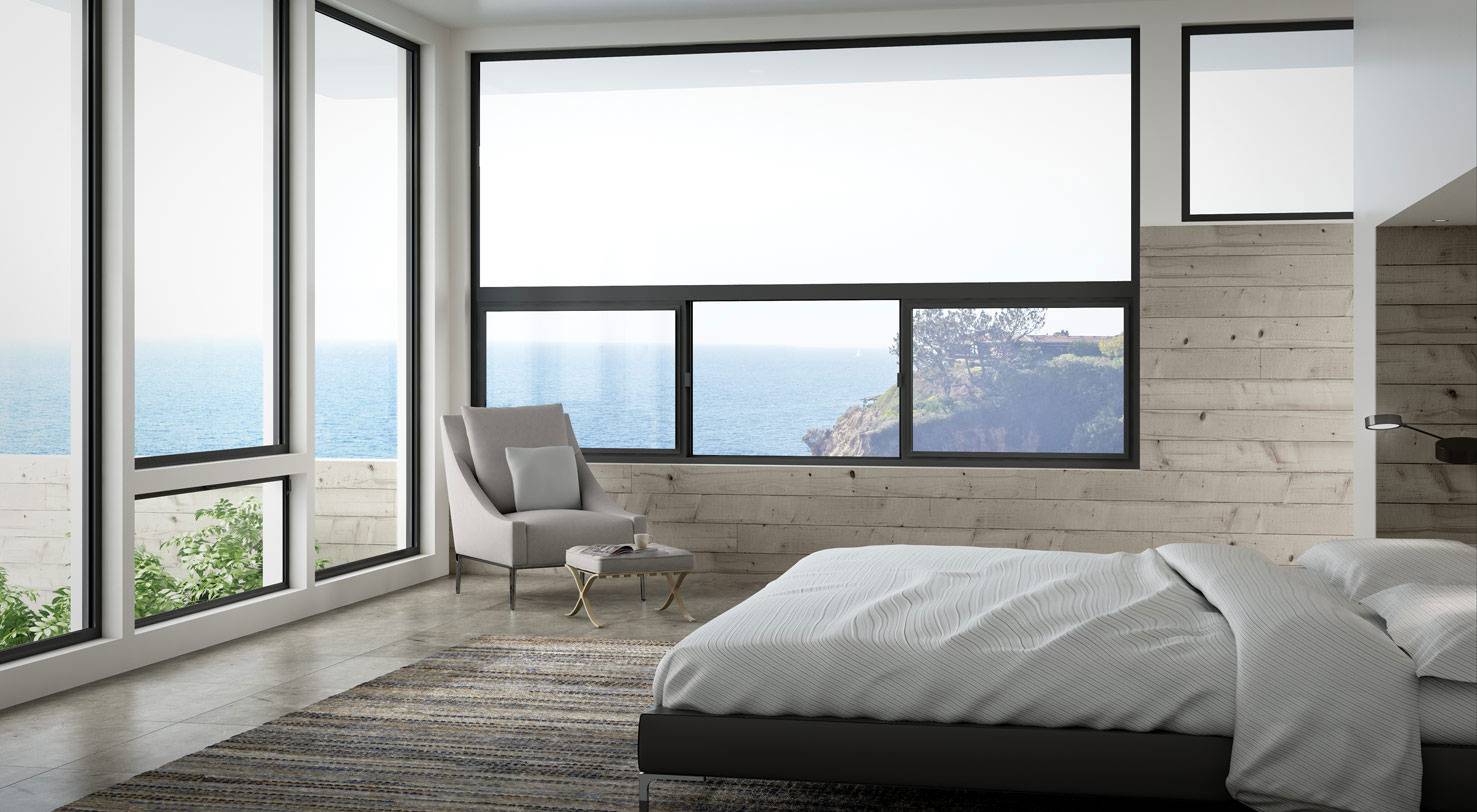All Categories
Featured
Table of Contents
What Is Double Glazing Windows And Doors? in White Gum Valley Perth
That window can transmit more solar heat in winter than in summer season. A west-facing window on a summertime's afternoon has an angle of occurrence from near 0 up to 30 with a large reliable location of solar radiation. A north-facing window, in summertime, has a high angle of occurrence and a low efficient area of solar radiation, so can send less heat than a west-facing one.

However you can rapidly and quickly improve the thermal efficiency of your home by changing your windows. This is among the most reliable methods of remodelling to accomplish better thermal comfort. There are thousands of kinds of glass and frames to pick from. Selecting the right ones is very important to enhancing the energy efficiency of your house.
What Are Double Glazed Windows? in Hazelmere Western Australia
Single glazing with clear glass is not really efficient when it comes to heat loss or gain. To enhance performance, you can utilize single glazing with a more energy-efficient type of glass such as low emissivity (low-e) glass.
Several layers can be assembled with sealed cavities in between each sheet of glass. IGUs usually use better energy efficiency than single glazing, because they send less energy. Nevertheless, the energy efficiency of IGUs likewise depends on: the properties of each layer of glass. Various glass types (for instance, clear and low-e glass) can be assembled in an IGU.
Why Double Glazing Keeps Your Home Cooler In Summer? in Swan View Perth

IGU cavities can be filled with air or a more inert, low-conductivity gas such as argon the width of the cavity. Cavity thickness is typically 6 to 18mm. Broader cavities offer lower (better) U worths, with 12mm generally accepted as the preferred space how well the cavity is sealed. Cavities must be dry and well sealed to prevent wetness getting in.
If argon is installed to the cavity in place of air, moisture is dependably left out the level of desiccant (drying representative). The spacer (metal or polymer strip) that separates the glass layers includes a desiccant to soak up any moisture. Inadequate desiccant may cause wetness to condense on the glass surface in cold conditions, reducing thermal performance.
Double Glazed Windows Sydney in Greenwood Perth
IGUs can deliver much better energy efficiency for all climates, particularly in heated and air-conditioned homes. Cross-section information of single, double and triple-glazing units Low emissivity glass (commonly referred to as low-e glass) minimizes heat transfer. Low-e glass may be either high or low transmission: High transmission low-e glass has a finish that allows daylight from the sun to pass into the home to accomplish great solar heat gain, but minimizes the amount of the long wavelength infrared heat that can escape back through the window.
Low-e glass has either a pyrolytic covering or a vacuum-deposited thin film metal covering. Pyrolytic coatings are durable and can be utilized for any glazing; vacuum-deposited finishes are soft and are only utilized within IGUs. Low-e coverings can considerably enhance both U worth and SHGC; nevertheless, they need to be used properly or they will either weaken or stop working to perform as needed.
Keeping Your House Cool In The Summer in Shenton Park Western Australia
Low-e finishings can be used in combination with clear, toned or reflective glass. Low-e finishes on glazing can decrease heat transfer where required Picture: Department of Industry, Science, Energy and Resources Toned glass has actually colouring ingredients included throughout manufacture. It is available in different colours, generally bronze, grey, blue and green.
Table of Contents
Latest Posts
Triple Glazing Vs. Double Glazing: What Are The Differences? in North Beach Western Australia
What Are The Best Upvc Windows For Summer in Secret Harbour WA
Why Is Double Glazing So Important In Winter? in Yanchep WA
More
Latest Posts
Triple Glazing Vs. Double Glazing: What Are The Differences? in North Beach Western Australia
What Are The Best Upvc Windows For Summer in Secret Harbour WA
Why Is Double Glazing So Important In Winter? in Yanchep WA